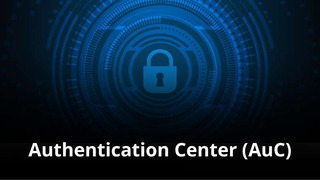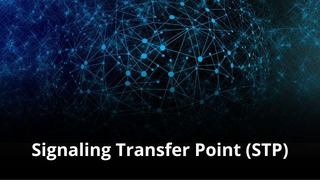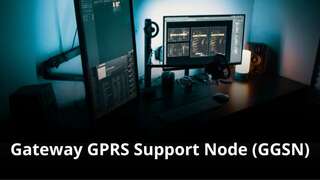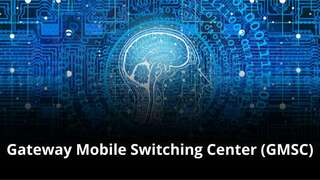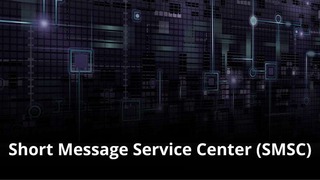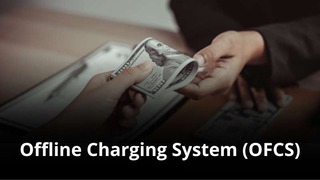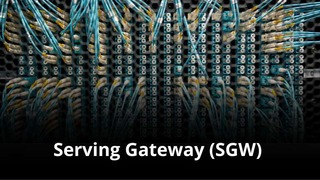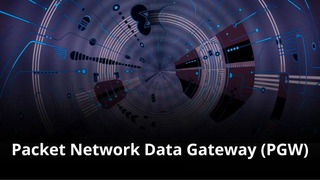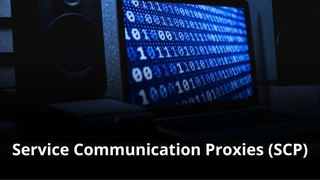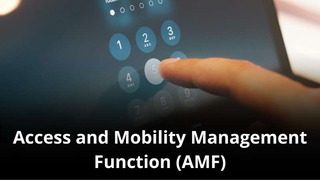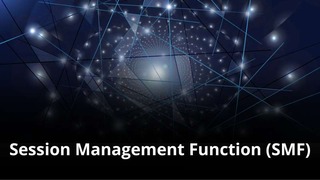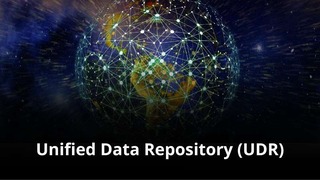Introduction about the Gateway Mobile Switching Center (GMSC)
The Gateway Mobile Switching Center (GMSC) is a fundamental and foundational component within the architecture of 2G and 3G Global System for Mobile Communications (GSM) core networks. Understanding its purpose is essential for comprehending how legacy mobile systems managed call routing from external networks to a specific mobile subscriber. This center acts as the central entry point and query interface for all incoming mobile-terminated calls (MTC) originating from fixed-line or other mobile networks. You will find it crucial for any operator aiming to deliver reliable mobile voice connectivity from the outside world.
What are the details of an Gateway Mobile Switching Center (GMSC)
- History and Evolution of the Gateway Mobile Switching Center
- Core Utility and Functionality of the GMSC
- Technical Integration and Data Model
- GMSC Ownership for MVNOs and IoT Companies
- Organizational Impact of GMSC Ownership?
- Redundancy and High Availability
- Impact of 4G, 5G, and 6G on the GMSC
- Frequently Asked Questions about the GMSC
- Summary
History and Evolution of the Gateway Mobile Switching Center
The concept of a central call routing entry point began with the inception of the GSM standard (2G). This standard introduced the Gateway Mobile Switching Center (GMSC) as the primary system for handling mobile-terminated calls. The GMSC’s original design focused predominantly on the essential task of interrogating the Home Location Register (HLR) to determine the current location of the called mobile subscriber. This necessity arose because mobile users can be anywhere in the network. As networks evolved into 3G (UMTS), the GMSC adapted to handle the signaling complexity of the newer systems, but its core function remained the same: being the initial point of contact for an incoming call. Eventually, the GMSC’s functionality was integrated into the Mobile Switching Center Server (MSC-S) architecture in 4G’s Voice over LTE (VoLTE) environment, and its call control aspects were modernized.
Core Utility and Functionality of the GMSC
What is the GMSC Used For?
The Gateway Mobile Switching Center (GMSC) is the definitive source and enforcement point for initiating the routing of an incoming call to a mobile user within a 2G/3G mobile network. Its primary purpose is to act as the switch that receives the call and the database query interface to find the subscriber. It is crucial for ensuring that a call placed to a subscriber’s Mobile Station International Subscriber Directory Number (MSISDN) can successfully locate the current serving switching center. Deploying a GMSC is necessary to ensure users can receive calls from external networks, which rely on the GMSC to begin the call setup process.
Key Functions of the Gateway Mobile Switching Center
Investigate the core functions of the Gateway Mobile Switching Center (GMSC) to understand its critical role in legacy network operations:
- Inter-network Signalling: It manages the SS7 signaling links to the external Public Switched Telephone Network (PSTN) or other operators’ GMSCs.
- HLR Interrogation: The GMSC queries the Home Location Register (HLR) to request the current location of the called mobile subscriber.
- Call Routing: Using the received MSRN, the GMSC routes the call towards the correct current Mobile Switching Center (MSC).
- Call Control: The GMSC manages the initial setup, supervision, and release of the call until it is successfully routed out of the gateway.
- Charging: It generates initial charging records related to the entry point and duration of the incoming call before transfer.
- Barring Enforcement: The GMSC can enforce network-level barring rules for incoming calls before routing them.
- Call Interception: It is the first point of contact for all mobile-terminated calls originating outside the home network.
Technical Integration and Data Model
Integration with Other Systems
The Gateway Mobile Switching Center (GMSC) does not operate in isolation; it is a centrally connected network element. Examine its key integration points to appreciate its centrality in 2G/3G call routing systems. It connects primarily to External Networks (PSTN/PLMNs) which deliver the incoming call. Its most critical internal connection is to the Home Location Register (HLR), which it interrogates using the subscriber’s MSISDN. The HLR then returns the necessary routing information. The GMSC also interfaces with Signaling Transfer Points (STPs) to manage the SS7 signaling messages and connects to its own operator’s internal Mobile Switching Centers (MSCs) once the MSRN is obtained.

Technical Data Model and Key Interfaces
The Gateway Mobile Switching Center (GMSC) employs a structured Technical Data Model. This model dictates how call setup data, routing requests, and signaling information are efficiently organized and processed, facilitating fast call completion. Key interfaces utilized by the GMSC are predominantly based on the Signaling System 7 (SS7) protocol suite and telephony protocols. Specific interfaces utilized include:
- E/G Interface: This is the interface to other mobile operators’ GMSCs, using the ISUP and MAP parts of SS7 for call establishment and routing queries.
- B/C Interface: The C interface, based on the MAP part of SS7, is used to communicate with the HLR for location inquiry
- A/E Interfaces: The A/E interfaces handle the actual speech path and call control to the destination MSC, typically using ISUP or the proprietary A-interface.
- External PSTN/PLMN Interfaces: These use standard telephony protocols like ISUP (ISDN User Part) for signaling and TDM/SIP for media to connect to fixed-line networks.
GMSC Ownership for MVNOs and IoT Companies
Why Own an GMSC?
For a Mobile Virtual Network Operator (MVNO) or an IoT company, owning a dedicated Gateway Mobile Switching Center (GMSC) (or its modern equivalent, a media gateway/call session control function) can be a strategic necessity. Consider that this node is the fundamental system that controls the entry of all incoming voice calls. Owning it allows these companies to gain significant control over their routing logic, their call delivery process, and the specific signaling necessary for complex services like international call termination. This level of control, especially for direct interconnect agreements and customized billing for termination, is often not available when fully relying on the host network operator’s infrastructure.
Advantages and Disadvantages of GMSC Ownership for MVNOs/IoT Companies
Direct Control over call termination routing logic and vendor selection.
Fast and customized pre-routing services (e.g., voicemail/IVR access).
Customized charging records for termination billing and fraud control.
Enhanced Interconnect Management and quality control with external networks.
Potential Call Termination Cost Savings by optimizing routing paths.
High Initial Investment in specialized core network hardware/software.
Operational Complexity requiring expertise in SS7/MAP signaling.
Maintenance and Upgrade Costs for a critical, 24/7 system.
Interconnection Challenges with the host MNO’s of the MSC / HLR infrastructure.
Legacy Technology Risk as the GMSC is superseded by soft-switches/IMS.
Organizational Impact of GMSC Ownership
Analyzing the organizational impact of owning a Gateway Mobile Switching Center (GMSC) across various business units.
Operational Impact: Requires the establishment of a dedicated technical team proficient in SS7/ISUP signaling and voice call flow. This team will monitor GMSC performance, manage routing tables, and handle all call quality troubleshooting. Recruitment of specialized personnel with expertise in interconnect and telephony signaling becomes essential.
Financial Impact: Evaluate the significant capital expenditure (CapEx) for the initial hardware and software purchase. There will also be high ongoing operational expenditure (OpEx) for power, cooling, maintenance contracts, and highly skilled staff salaries. Ownership converts a reliance fee into a managed asset cost.
Commercial Impact: Leverage the GMSC for highly flexible and immediate control over call quality and termination paths. This enables swift changes to routes based on price or quality. It supports better customer experience for incoming calls than relying on a host MNO.
Technical Impact: Mandates the implementation of detailed protocols for managing SS7 link integrity and signaling reliability. The company must own the end-to-end responsibility for system stability, security patching, and ensuring correct interfacing with the HLR and external PSTN/PLMNs.
Redundancy and High Availability

The Gateway Mobile Switching Center (GMSC) is a single, central point of failure for all incoming voice traffic; therefore, Redundancy and High Availability (HA) are absolutely critical requirements. Implement a fully redundant system architecture, which is usually achieved through clustered, load-balanced GMSC pairs or active-standby geographical setups. This design ensures service continuity even during component or site failure. Methods like hot standby or geographical redundancy configurations are standard practice. The system must also employ rigorous call failover mechanisms. These mechanisms guarantee that the GMSC’s external signaling points (interconnect partners) are immediately redirected to the redundant path during an outage to prevent failed call attempts. Ensure that automated failover procedures are in place to minimize service interruption for incoming calls.
Impact of 4G, 5G, and 6G on the EIR
GMSC’s Transition
With the arrival of 4G (LTE) and the introduction of VoLTE (Voice over LTE), the dedicated Gateway Mobile Switching Center (GMSC) functionality was largely superseded by the architecture of the IP Multimedia Subsystem (IMS). The GMSC’s call control logic migrated into the Call Session Control Function (CSCF), and its media routing aspects moved to Media Gateway Control Functions (MGCF) and Media Gateways (MGW). The GMSC mainly continues to exist today to support interworking between the legacy 2G/3G circuit-switched voice domain and the modern IMS/VoLTE environment. Recognize that the GMSC is a backward-compatible component in modern telecom environments.
5G and 6G Architecture
In the 5G core, voice is entirely based on IMS (the 5G-enabled IMS or 5G-E-IMS. The GMSC’s function is fully replaced by the Access and Mobility Management Function (AMF), which directs the mobile to the IMS, and the CSCFs/MGCFs which handle the call setup and routing. The concept will further evolve in 6G toward more distributed, cloud-native solutions that rely entirely on IP and software-defined networking. However, the fundamental role of securely receiving an incoming call, querying the subscriber’s location, and routing the call to the correct destination—the core function of the GMSC—will always remain necessary, albeit implemented using advanced, IP-based technologies.
Frequently Asked Questions about the Authentication Center
1. What is the main function of the GMSC?
The primary function of the GMSC is to act as the entry point for incoming mobile calls (MTC) from external networks and to query the HLR for the subscriber’s current location.
2. What is an MSRN?
A Mobile Subscriber Roaming Number (MSRN) is a temporary number the HLR uses to route an incoming call to the specific MSC/VLR where the mobile subscriber is currently located.
3. How does the GMSC find the user?
The GMSC queries the HLR using the called MSISDN (phone number). The HLR then contacts the serving VLR, gets the MSRN, and returns the MSRN to the GMSC to route the call.
4. What protocols are used for GMSC communication?
The GMSC primarily uses the ISUP (ISDN User Part) for call control signaling and the MAP (Mobile Application Part) for communication with the HLR.
5. Is the GMSC still necessary in a 5G network?
The dedicated GMSC is not directly used in the native 5G core. Its function is taken over by IMS elements like the CSCF/MGCF, but the GMSC remains essential for supporting interworking with legacy 2G/3G circuit-switched networks.
Summary
The Gateway Mobile Switching Center (GMSC) is the central, authoritative entry point that securely routes all incoming mobile-terminated voice calls in 2G and 3G circuit-switched core networks. Acquiring and operating a GMSC, often integrated as an IMS media gateway controller today, offers MVNOs and IoT companies significant advantages in call routing control, customized interconnect, and direct termination billing. However, this decision involves substantial capital expenditure and requires specialized SS7/MAP technical expertise. While the GMSC is largely replaced by the CSCF and MGCF in 5G’s IMS core, its conceptual role—that of the master call entry point and routing manager—remains fundamental to all generations of mobile voice communication.
